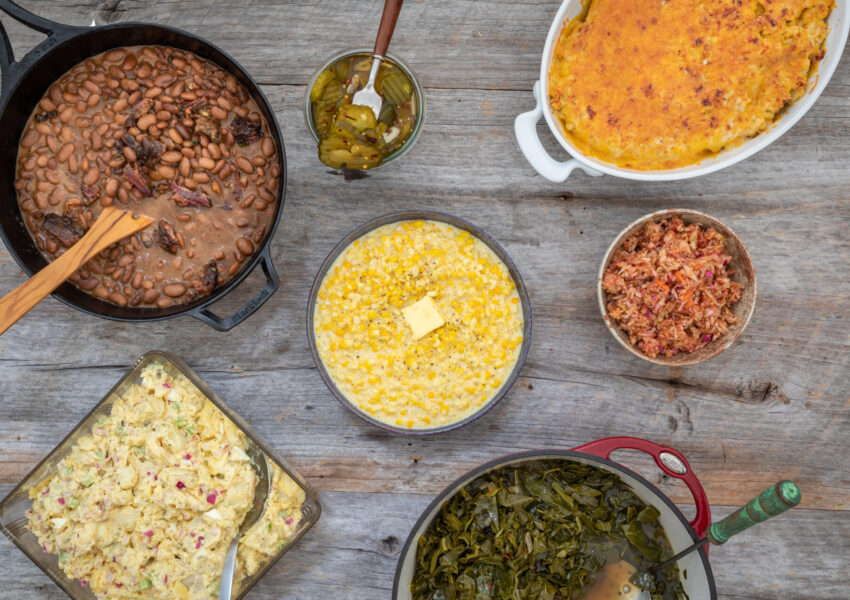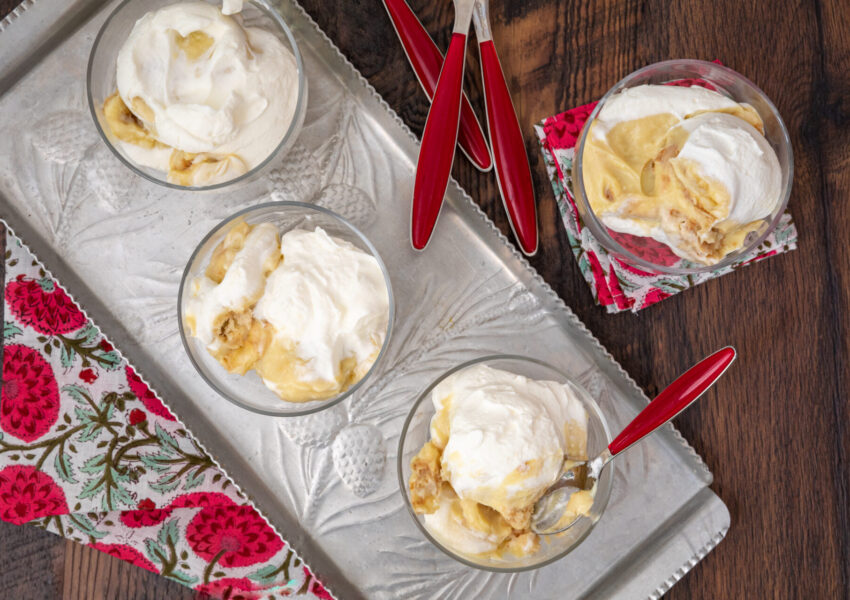A Nab Is a Nab Is a Nab Ask (almost) anyone
By Sheri Castle | Illustration by Emily Wallace
I am from Western North Carolina, and I was raised on Nabs. When my family visited Charlotte, the scent of Nabs wafting from the Lance factory was a navigational beacon. There are Nabs in my purse and in the center console of my car.
![]()
Many North Carolinans share my affinity. Earlier this year, when a speaker at SFA’s Summer Symposium in Charlotte admitted he’d never heard of Nabs, audible gasps spread through the audience.
What are Nabs? It depends on who you ask.
The straight answer is that they are the nickname given to a rectangular package of four to six cracker sandwiches sealed in cellophane. Some people use the word for all types of sandwich crackers (like calling all soft drinks a Coke), while others reserve the term for the square-shaped, orange variety filled with peanut butter.
Know Your Nabs
1. The word Nabs derives from a National Biscuit Company (Nabisco) product called “Peanut Sandwich Packet” that hit the market in 1924. The sleeve of snack crackers—priced at five cents and sealed for portability—became ubiquitous at filling stations, check-out counters, milk bars, lunch rooms, and newsstands. In 1928, the company updated the name to NAB.
2. Nabs aren’t sold anymore. What most people call “Nabs” is technically ToastChee, the flagship cracker-sandwich of the Charlotte-based Lance Inc. brand.
3. Here’s how Lance Inc. came to develop ToastChee: Due to a business deal snafu, the company was stuck with five hundred pounds of Virginia peanuts. Rather than waste them, food distributor Philip Lance roasted the peanuts at home and sold them on the streets of Charlotte for pennies per bag. They were so popular that he set up a commercial roasting operation, which led to making peanut butter. The big bang came when Philip’s wife, Mary, and their two daughters, spread peanut butter on saltines and packaged them for sale.
4. With ToastChee in demand, Nabisco opened a regional bakery in Charlotte and started producing packaged crackers. Given the similarity of the two items, people began to adopt the shorter nickname, Nabs, for both.
5. The original Lance peanut butter crackers were popular with WWI soldiers who trained at Camp Greene in Charlotte.
6. Peanut butter snack crackers were an essential offering on the vending carts or wagons pulled through the textile mills of the Carolina Piedmont. These mobile vending stations, known as dope carts or dope wagons, fueled loom workers with sandwiches, crackers, and soft drinks, nicknamed dopes.
Sheri Castle is a writer, recipe developer, and culinary educator based in Chapel Hill, North Carolina.




